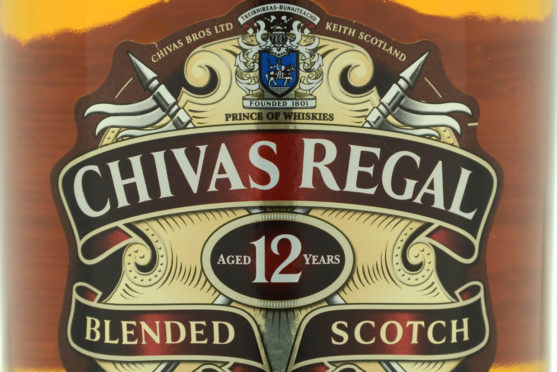The Scotch whisky industry is in some respects quite unique. True, the market is dominated by the big firms, such as Diageo, Pernod-Ricard and Edrington, and their big brands—such as Johnny Walker, Chivas Regal and Famous Grouse—but it is still possible for smaller firms to start up, find a foothold and eventually expand and thrive in a such a competitive environment.
And this was equally true in the past. In bygone times, local traders—often located far from Scotland —bought casks of various whiskies, blended them on the premises and then bottled and sold their own-brand whisky in their local area and, if there were enterprising enough, far further afield.
Doubtless some blenders were content to rely on word-of-mouth from existing customers to potential ones. Others used the infant art of advertising to spread the good word about their whisky. Back then, this took two forms—posters in the street or railway station, or adverts in newspapers. Colour printing was developing quickly and many artists were employed to create such posters or newspaper ads, chronicled in Jim Murray’s fascinating anthology, The Art of Whisky, published by the Public Record Office and covering posters and advertisements for Scotch and Irish whiskies.
Two thoughts hit one when reading it. The first is how few of those whisky brands have survived: I noted barely a handful—Bell’s, Teacher’s, Jameson, Whyte and Mackay, Black and White, Bushmills and Glen Spey. Dozens of others, many with quaint names such as Uam Var, Old Dad, Bantaskin, Glencupar, Fireside, Friar Royd and Old Reading Abbey, have vanished without trace. Other long-gone whiskies carried their company name—Beatson & McLeod of Kirkcaldy, Chester’s of Manchester, Robertson’s of Dundee, Fraser’s of Dunfermline, or Robin Oig of Leith.
Most posters were humorous, often showing tipsy Scots, complete with bunnet, kilt and crummoch, rescuing a bottle of whisky from deep snow or a shipwreck. Others were aimed upmarket, showing gentlemen at the theatre bar or racecourse, or army officers at polo or the officers’ mess, complete with portrait of Queen Victoria. But all were clever in projecting whisky to a wider public.
But one ad brought home the ravages of inflation. It was for Gilbey’s Clan Castle whisky, costing just three shillings (15p) a bottle.










